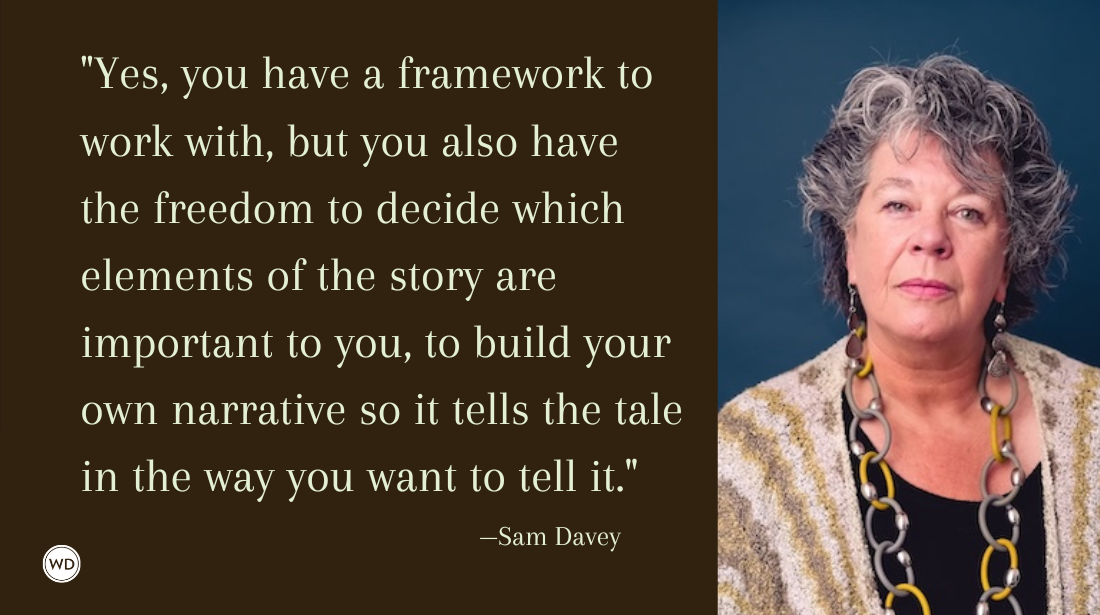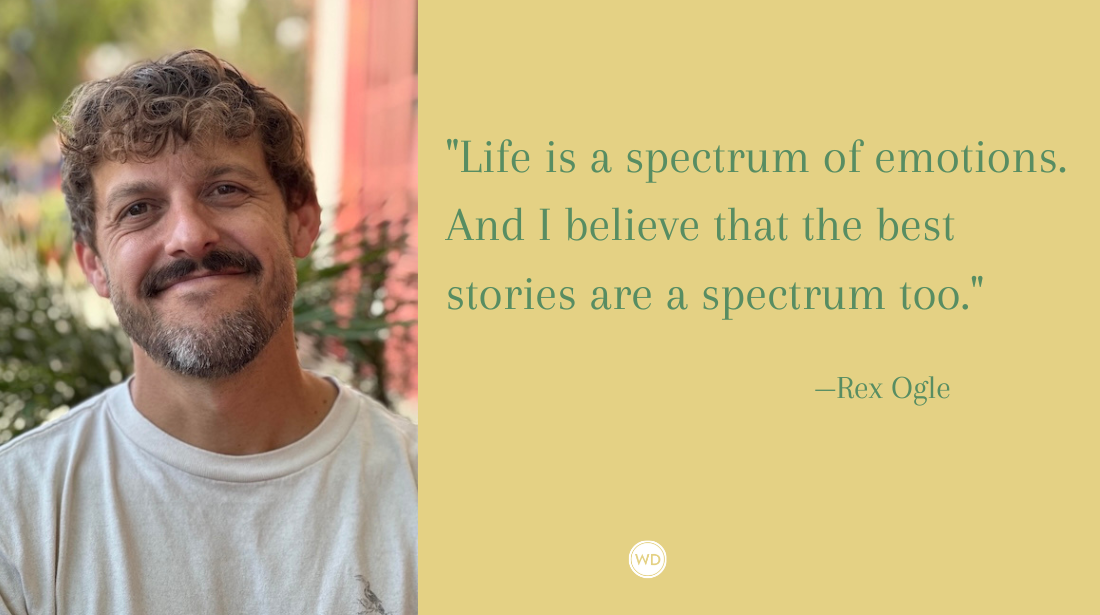How to Use Spice in Romance Fiction to Increase Emotional Connection
Spice in romance can mean many things and can be incorporated in many creative ways. Here, author Harper St. George shares how to use spice in romance fiction to increase emotional connection.
Creating a deep and emotional connection between characters is at the heart of all romantic fiction. We, as readers, want to experience how the bond between the love interests grows from that first meeting all the way to the happily ever after.
The world can quite literally be falling down around the main characters, or maybe only their small corner of the world is threatening to implode, but the connection between them must strengthen throughout the story to make that happily ever after believable. That is the promise that romantic fiction writers make to their readers. I will take these characters to hell and back, but it will all work out in the end. I promise.
Spice is one very important element that must be present for this promise to come to fruition. Just like the seasoning you add to your favorite meal, it has to be part of a great romance. The story would feel a little bland without it and it wouldn’t come together as beautifully.
To be clear, adding spice doesn’t necessarily mean that you have to write open-door sex scenes. You can add spice to your story with or without those explicit scenes. Spice is the sexual tension, desire, and longing that is part of the fuel that helps propel the emotional intimacy between your characters forward.
Use spice in your story as a way to make sure the attraction between your characters gets more intense with each scene. This can be done whether or not the characters are actually in a scene together. If they are not in the same scene, have them think about each other. This can be as simple as the sound of someone’s laughter or a scent reminding a character of their love interest. It can be more complex by having the character anxious about some new piece of information that will affect their love interest.
No matter what you have the character doing, their thoughts need to come back to the absent character by the end of the scene. This shows how they are always on the other’s mind, which deepens the unspoken bond between them.
For the scenes they are in together, make sure to use the five senses. As your characters get closer, let them begin to see things that go beyond casual observation. Have them notice the imperfections about the other.
For example, the tiny bump in an otherwise perfectly straight nose, or the barely noticeable scar just above an eyebrow. These little details not only bring the other character to life a little more, but they demonstrate how much the other person is coming to mean to them through these minute observations.
For scent, notice the perfume or cologne they wear, or the smell of soap or sweat, whatever works for that scene. Sound can be anything from the catch of breath in the back of their throat to the swish of fabric when they walk. Taste is an obvious one and usually comes into play once the main characters have crossed the physical barrier. When they do kiss, have the character note the salt of their skin or the bourbon they recently sipped.
Touch can come into play early on. Even those slight brushes of hands as they walk together or the glance of skirt against a hand can have more meaning as the characters grow closer. Lacing their fingers together in an unexpected holding of hands can be both tender and steamy, especially if it’s unprompted and done by a character who has trouble using words to express how they feel.
Don’t feel that you need to use all five senses in every scene. This is best done when it’s sprinkled in like seasoning. On that note, it’s also a good idea to bring in plenty of attributes beyond the physical that attract your characters to each other. There is nothing sexier than when a hero is attracted to his heroine because of her mind.
Whether it’s their humor, intelligence, or their capacity for empathy, make sure that you are spending plenty of time developing other qualities in your characters, beyond the physical, that sow the seeds for sexual tension. This lays the groundwork for a deeper and more meaningful connection when you introduce physical contact whether that’s a chaste kiss and hand holding, or more explicit. These more physically intimate portions of the story are made more satisfying and poignant if you’ve done the groundwork of building the emotional stakes and sexual tension before the physical parts begin.
If you do write sexy scenes with an open door, make sure to keep them emotion heavy. Sure, those passages of the story can involve a lot of moving parts and choreography, but all of that doesn’t need to take away from the emotional impact of the scene. Try not to get too tied up in the mechanics. To keep that emotional intimacy strong, we want to make sure that the focus of the act is more than just the sex. Relate the characters’ movements back to how they are feeling in that moment. Help your readers understand how your characters are able to experience the emotional vulnerability that comes with true intimacy.
Often our characters are emotionally scarred in some way—after all, working through that emotional trauma is what makes a good story with a rich character arc—but because of this, they may not be able to share what they’re thinking or feeling very easily with someone else in conversation. These physical scenes are when your characters can show true vulnerability. They can use this as a way to make themselves more open, because sex with a deep, emotional connection requires vulnerability. Examine why your character is able to be vulnerable here. I’ve found that keeping to one point-of-view, rather than switching midway through these scenes, really helps to mine the emotional depth of that character.
Like most things, spice is best when it’s added with an even hand. Too much and it can be overpowering, but not enough and you barely even notice it. Pepper it throughout and watch how it beautifully enhances the emotional connection between your characters.
Harper St. George was raised in the rural backwoods of Alabama and along the tranquil coast of northwest Florida. These were settings filled with stories of the old days that instilled in her a love of history, romance, and adventure. By high school, she had discovered the historical romance novel, which combined all of those elements into one perfect package. She has been hooked ever since. She lives in the Atlanta area with her family and loves to hear from readers.








